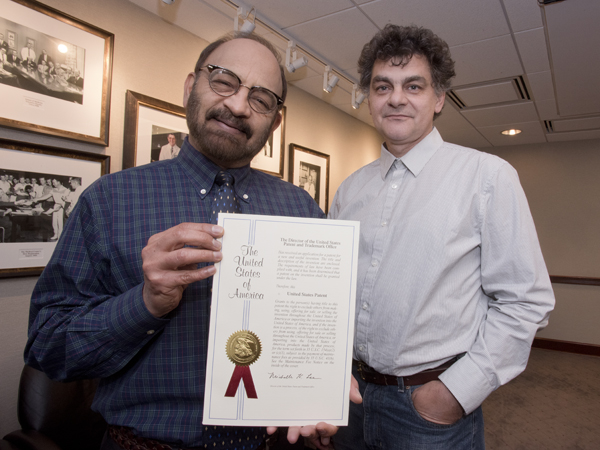|
The University of Mississippi Medical Center is advancing its mission to create a healthier Mississippi by forming the new University of Mississippi School of Population Health. UMMC received permission to plan the school from the State Institutions of Higher Learning on April 21. Planned to open in 2017, it will be the third school of its kind in the United States, says Dr. Bettina Beech, associate vice chancellor for population health.
|

|
When Dr. Parminder Vig meets people living with neurodegenerative diseases such as cerebellar ataxias, Alzheimer's and Parkinson's disease, he senses a call to action.
|
|
Of the millions of people who pepper social media with blog posts each month or so, several teach at, learn at, or are in some way linked to UMMC. While their commentary, case studies, personal reflections, self-improvement tips, etc., cover everything from finding nourishment in a black bean recipe to “finding God in Gross Anatomy,” their reasons for blogging bleed into each other's. They love writing, connecting with people and sharing ideas. Though this is not a comprehensive list, here are several you may have come across, or want to check out. 
|

|

|
A student in the School of Health Related Professions' Doctor of Health Administration program has been invited to a national caregiving organization's landmark conference in the nation's capital.
|

























